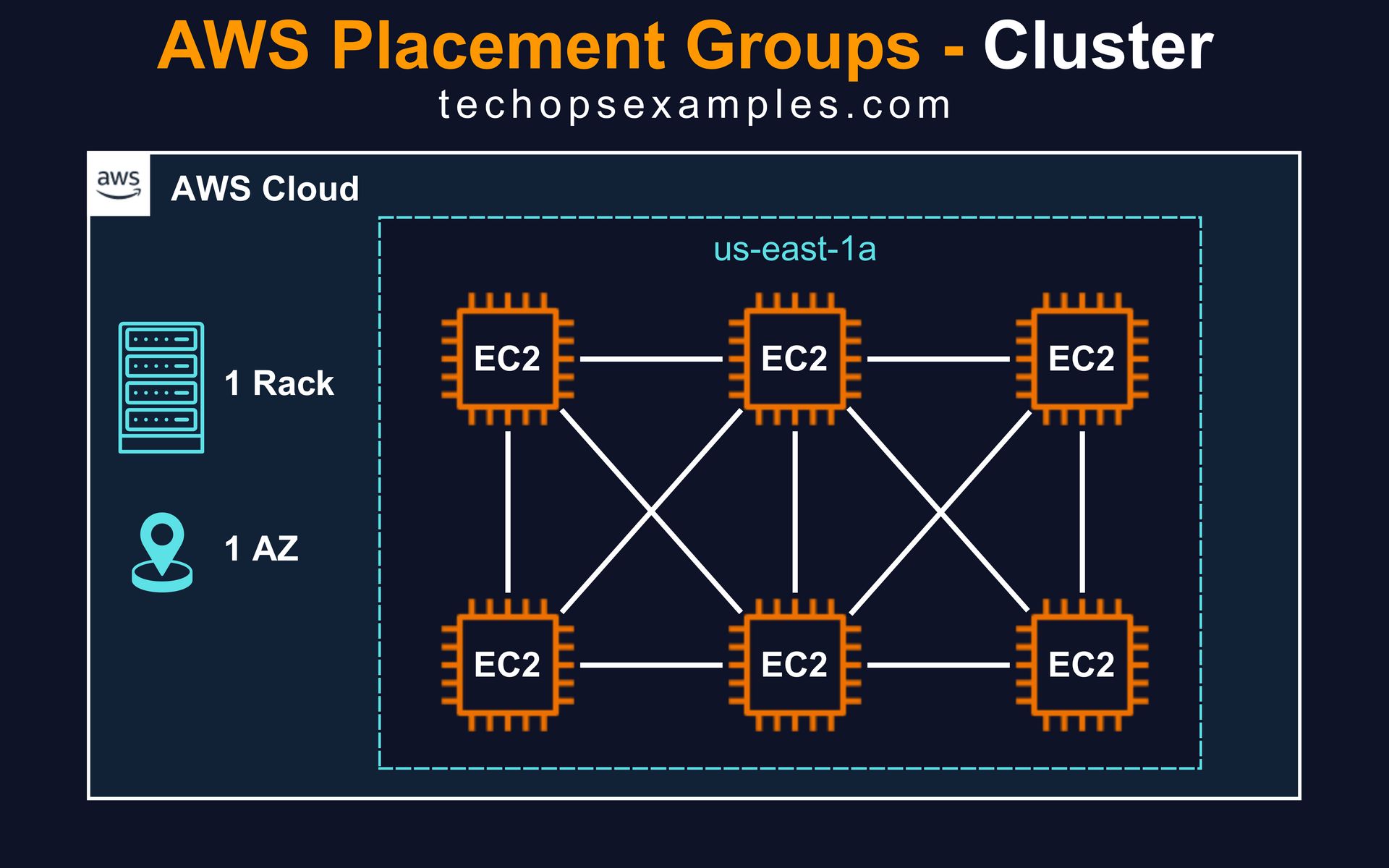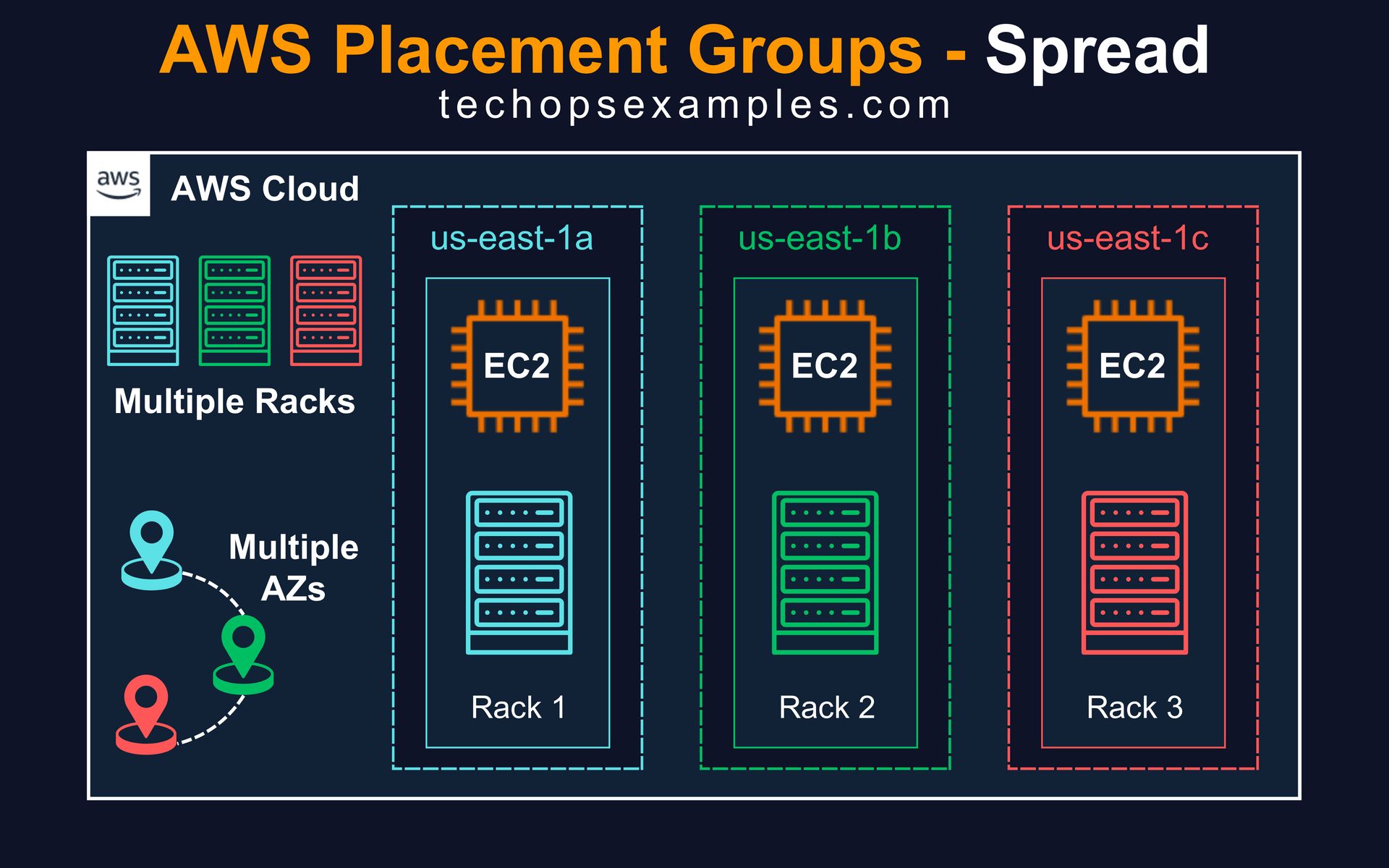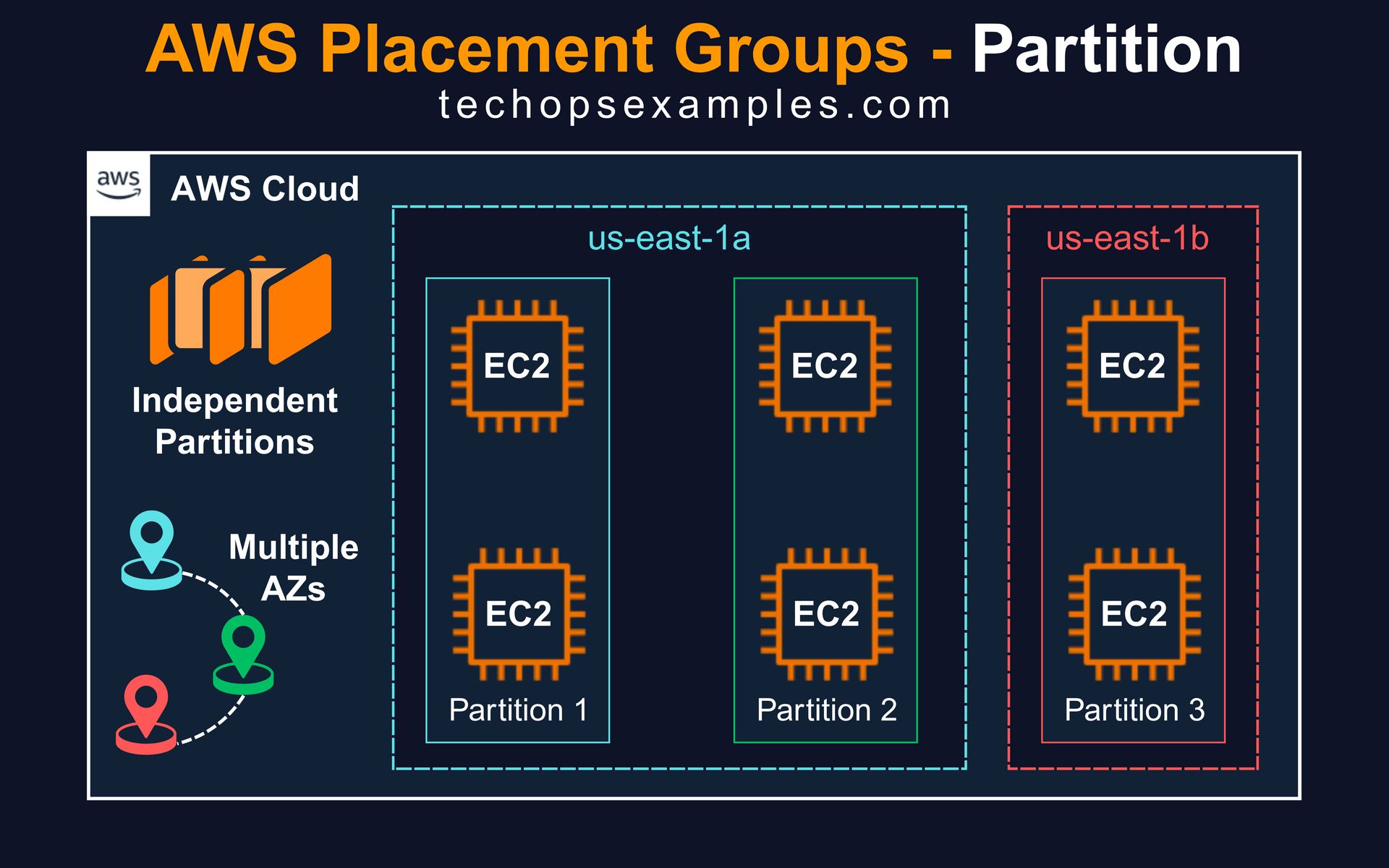- TechOps Examples
- Posts
- How to Use EC2 Placement Groups for High Availability
How to Use EC2 Placement Groups for High Availability
TechOps Examples
Hey — It's Govardhana MK 👋
Welcome to another technical edition.
Every Tuesday – You’ll receive a free edition with a byte-size use case, remote job opportunities, top news, tools, and articles.
Every Thursday and Saturday – You’ll receive a special edition with a deep dive use case, remote job opportunities, and articles.
👋 Before we begin... a big thank you to today's sponsor ATTIO
AI native CRM for the next generation of teams
Powerful, flexible, and intuitive to use, Attio is the CRM for the next-generation of teams.
Sync your email and calendar, and Attio instantly builds your CRM—enriching every company, contact, and interaction with actionable insights in seconds.
Join fast growing teams like Flatfile, Replicate, Modal, and more.
👀 Remote Jobs
Eqvilent is hiring a Python - DevOps Engineer
Remote Location: Worldwide
Canonical is hiring a Site Reliability / Gitops Engineer
Remote Location: Worldwide
📚️ Resources
Looking to promote your company, product, service, or event to 50,000+ Cloud Native Professionals? Let's work together. Advertise With Us
🧠 DEEP DIVE USE CASE
How to Use EC2 Placement Groups for High Availability
When you launch an EC2 instance, AWS decides where it runs inside the Availability Zone. If you don't control that, instances might end up too close or all in one place. Placement Groups help you control this. You can keep instances close for performance or spread them out for high availability.
There are three types of Placement Groups: Cluster, Spread and Partition
1. Cluster

This type places all EC2 instances in the same Availability Zone and typically in the same rack. This setup provides very low network latency and high throughput between instances. It is ideal when fast and consistent communication between instances is critical.
Best suited for: high performance computing, big data processing, low latency workloads, tightly coupled distributed systems
2. Spread

This type places each EC2 instance on distinct hardware, across separate racks, and even across different Availability Zones if needed. It is designed to reduce the risk of simultaneous hardware failures.
You can have up to seven running instances per Availability Zone in a single spread group.
Best suited for: critical applications, small number of fault isolated instances, highly available workloads, resilient system components
3. Partition

This type spreads EC2 instances across logical partitions. Each partition is isolated from others at the hardware level, including racks, network, and power. Even if one partition fails, others continue running unaffected.
You can control which instances go into which partition, and span across multiple Availability Zones.
Best suited for: large distributed systems, big data platforms like Hadoop and Cassandra, failure-isolated workloads, scalable architectures across AZs
Now that we’ve covered the basics of AWS Placement Groups, let’s deep dive into how to get the best out of them when building high availability designs.
I am giving away 50% OFF on all annual plans of membership offerings for a limited time.
A membership will unlock access to read these deep dive editions on Thursdays and Saturdays.

Upgrade to Paid to read the rest.
Become a paying subscriber to get access to this post and other subscriber-only content.
Already a paying subscriber? Sign In.
Paid subscriptions get you:
- • Access to archieve of 175+ use cases
- • Deep Dive use case editions (Thursdays and Saturdays)
- • Access to Private Discord Community
- • Invitations to monthly Zoom calls for use case discussions and industry leaders meetups
- • Quarterly 1:1 'Ask Me Anything' power session
